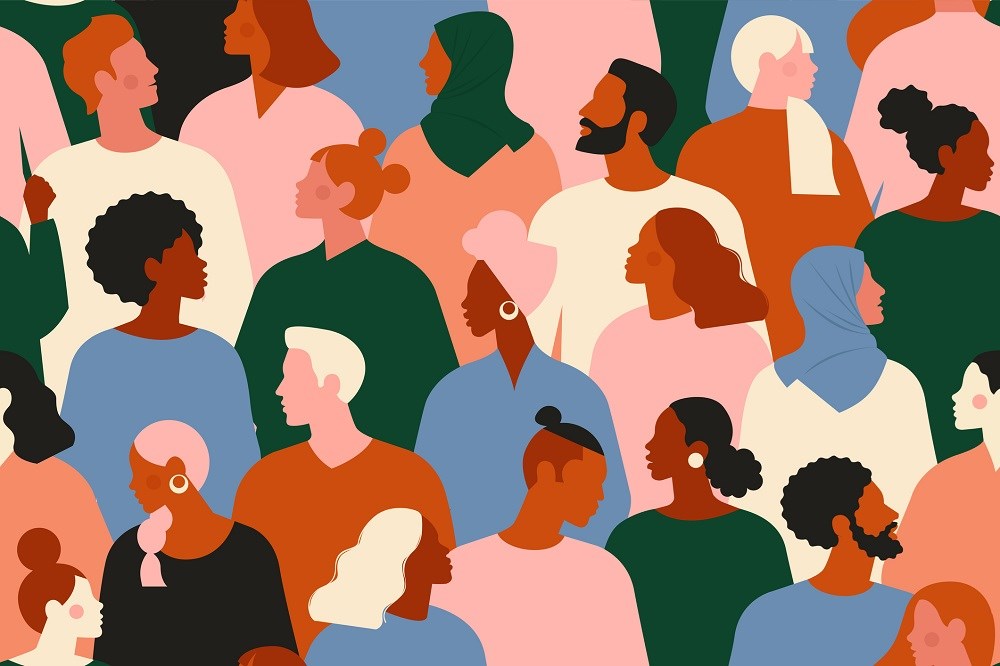Social justice in ELT
2020 has been a tough year. We are all united in experiencing the pandemic caused by COVID-19. But some weeks ago, the pandemic had to share its spotlight in the world news with the death of George Floyd. His death has sparked protest from the US to Japan. As most of us are at home with the televisions and computers on, it wasn’t before long the story reached (remote) classrooms, including our ELT ones.

Many of us might not have been ready or prepared to tackle issues of discrimination and race in the classroom as ELT is mostly perceived as a very ‘vanilla’ type of teaching, often staying away from controversial issues. So, in this blog post, I would like to talk about some concepts that you might like to discover or revisit.
What is good education?
This is a bold question that can be answered in many different ways. An answer I like is given by Gert Biesta. He is a well-known researcher in the field of philosophy of education and educational policy who currently mainly lectures at Maynooth University, Ireland. He developed a framework with three domains to answer what good education is. Very simply put, according to Biesta, good education needs to be described in the sense of qualification, socialisation and subjectification.
- Qualification are the ways in which education qualifies an individual. In other words, it provides people with the necessary knowledge, skills and dispositions that allow them to do something.
- Socialisation is about how an individual can become part of and identify with the existing social, cultural and political practices, and traditions. Simply put, it is about learning to do what/as others do.
- Subjectification seeks to emancipate students and provide them with agency as citizens. It is related to the formation and transformation of the person and social orders.
English language teaching is education, so the framework can certainly be applied to our context. When we teach English, we are actually teaching much more than a code or set of rules, as words shape people and culture. I think a more interesting way to interpret what we teach is to look at it as the teaching of discourse, as we teach language for real interactions with real people. When we look at language as something that is used by and for real people, power relations emerge as every person brings their world views to the conversation. As Norman Fairclough (1989) argues, language is highly ideological.

Social Justice
At its simplest, social justice can be defined as the equal access to wealth, opportunities and privileges within a society. We can point to its birth being during the Industrial Revolution in the 19th Century. In the very beginning, people who advocated for social justice were mainly concerned about capital, property and the distribution of wealth. However, around the middle of the 20th Century, the concept of social justice was expended and now it is concerned not only with economics but also focuses on other parts of life such as the environment, race, gender, and many other causes of inequality.
Social justice includes a vision of a society in which the distribution of resources is equitable, and all members are physically and psychologically safe and secure. Social justice involves social actors who have a sense of their own agency as well as a sense of social responsibility toward and with others and the society as a whole (Adams, Bell, Griffin, 2007).
Paulo Freire sees social justice as something fundamental that can be achieved in and through education. For him, education is an element in the process of liberation that allows people to be more aware of the reality in which they live. Once this reality becomes known, people have the potential to transform it. In this sense, our educational practices in and outside the classroom can build citizenship. As citizenship is built so is the community and as a result, the school becomes a resource that promotes culture and identity.
Social justice in the classroom for Staehr (2014) ‘grew out of social reconstructionism, which speaks to the need to ask social questions in an effort to create a more just and democratic society’. ELT has long been accused of homogenizing teaching and neglecting issues such as politics, alcohol, religion, sex, narcotics, isms and pork also known as PARSNIPS. But in 2017, the tide shifted with JJ Wilson’s opening plenary at the IATEFL, ELT and social justice: opportunities in a time of chaos, which looked at shaking things up and changing the status quo. This was big step towards bringing Social Justice to ELT.
Fortunately (or unfortunately), there is no methodology or set of activities that can be used to apply social justice to education or more specifically ELT. Instead, think of social justice as an approach that will inform your practice in all its domains. There are, however, certain actions that can be taken, such as:
- connecting to students and understanding their lives,
- using real-world problems and topics in the classroom (Start with PARSNIPS),
- creating a classroom community,
- helping students see themselves as co-learners and co-teachers,
- focusing on diversity in terms of materials and images,
- and understanding the mechanisms that perpetuate oppression such as the focus on a single variety of English.

Final thoughts
On a final note, in few countries initial teacher education has a curriculum based on social justice which leaves the vast majority of English language teaching professionals without this knowledge. So, I have made a compilation of resources to give you a starting point and help you navigate the waters of social justice, should you choose to do so.
What else can we do to bring social justice to our daily teaching? Please share your stories in the comments.
References
Adams, M., Bell, L. A., & Griffin, P. (Eds.). (2007). Teaching for diversity and social justice (2nd ed.). Routledge/Taylor & Francis Group.
Biesta, G. (2010). What is education for? Good education in an age of measurement: ethics, politics, democracy (pp. 11–27). Boulder, C: Paradigm Publishers.
Biesta, G. (2012). ‘The future of teacher education: Evidence, competence or wisdom?’
RoSE – Research on Steiner Education Journal Vol 3, No 1 (pp. 8-21).
Fairclough, N. (1989). Language and Power. London: Longman.

Comments
Write a Comment
Comment Submitted